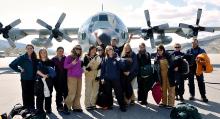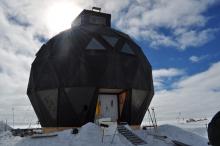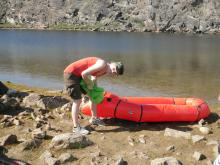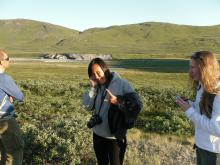Update
To learn more about the JSEP program, check out their official webpage at http://www.arcus.org/jsep.
What Are They Doing?
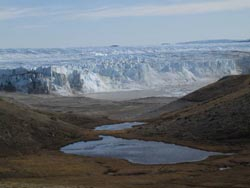
The 2012 expedition's work built on past expeditions and was supported by the National Science Foundation. The project was developed through cooperation with the U.S.-Denmark-Greenland Joint Committee, which was established in 2004 to broaden and deepen cooperation among the United States, the Kingdom of Denmark, and Greenland.
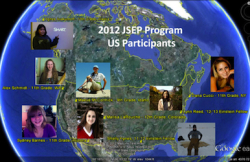
The program had two components.
Kangerlussuaq Science Field School: 29 June - 12 July 2012
US Science Education Week: 12- 22 July 2012
Where Are They?


